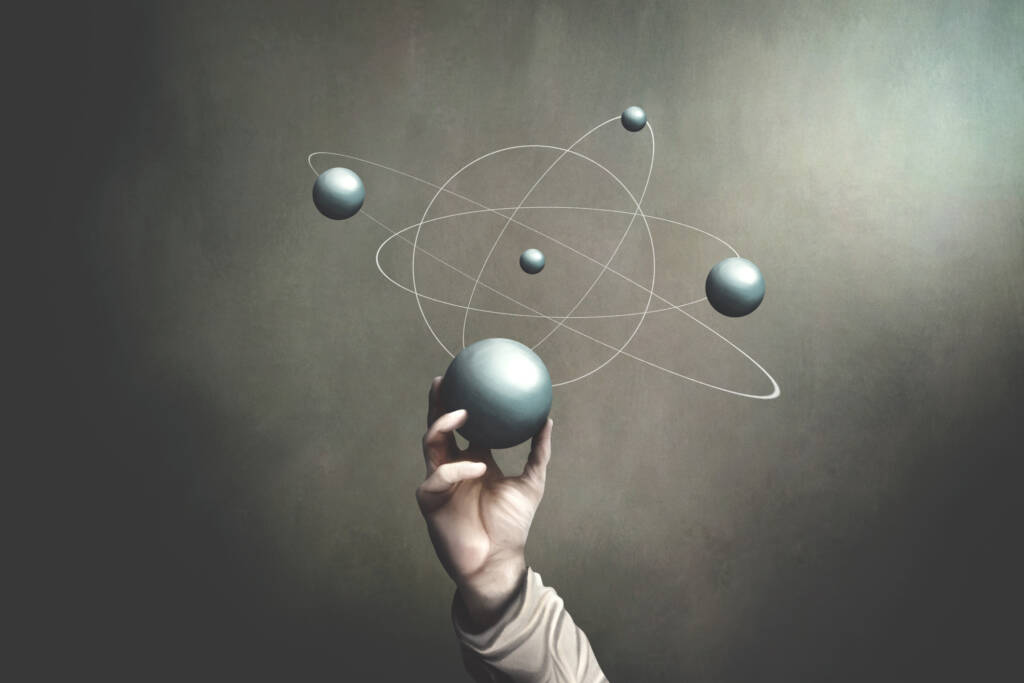
Physics 1 Project

Imagine uncovering the laws of motion while collaborating with an aerospace engineer! Or picture yourself exploring energy and forces with a robotics expert. If you’re excited about applying physics to real-world careers, our VLACS Projects are the perfect fit for you!
This engaging learning pathway allows students to explore various career fields while mastering key concepts and skills. For each competency, you can choose to complete a pre-designed project that simulates real-life career tasks or create your own unique learning experience. Regardless of your choice, you’ll engage in thorough research and apply what you learn to authentic career scenarios.
With the pre-designed projects, you’ll tackle real-world tasks that align with each competency. If you decide to design your own experience, you’ll collaborate with your instructor and a mentor to design and complete meaningful career tasks that demonstrate your understanding. We have partnered with hundreds of mentors you can work with if you choose to design your own experience. Check out our Career Mentor Catalog here.
Take a look at the competency statements and pre-designed options below. We’re excited to support you on this exciting and open-ended learning adventure!
Note: This is a project-based course. If you’re looking for a traditional format, please return to the learning catalog and select the course.
Projects
Animator
Competency: Kinematics
You are an animator. As an animator, understanding the principles of motion and physics is essential for creating realistic and dynamic animations, which will require knowledge of Kinematics.
You will create a motion study that will describe motion, explain graphing techniques, analyze motion graphs, and explain systems of measurement.
Austronaut
Competency: Newton’s Laws
You are an astronaut. As an astronaut, understanding the fundamental principles of motion and gravity is crucial for space travel and exploration, which will require knowledge of Newton’s Laws.
You will create a physics demonstration that will explain Newton’s laws of motion and describe the effects of gravity on free-fall motion.
Zip Line Drafter
Competency: Application of Forces
You are a zip line drafter. As a zip line drafter, understanding the physics of motion, energy, and forces is essential for designing safe and efficient zip lines, which will require knowledge of Application of Forces.
You will create a physics-based design proposal that will explain principles of energy, describe applications of force, and explain principles of momentum.
Electrical Engineer
Competency: Electricity
You are an electrical engineer. As an electrical engineer, understanding the principles of electricity is essential for designing and analyzing electrical systems, which will require knowledge of Electricity.
You will create a technical report that will explain electrical flow, explain the role of electrons in magnetic fields, and explain resistance.
Sales Engineer
Competency: Waves
You are a sales engineer. As a sales engineer, understanding wave properties is essential for explaining technical concepts to clients and demonstrating product applications, which will require knowledge of Waves.
You will create a technical presentation that will describe properties of waves, compare electromagnetic and mechanical waves, and explain light refraction.
Aerospace Engineer
Competency: Particles
You are an aerospace engineer. As an aerospace engineer, understanding fundamental particle behavior is crucial for advancements in propulsion, materials science, and space exploration, which will require knowledge of Particles.
You will create a technical report that will explain the postulates of atomic theory, explain the postulates of special relativity, and compare nuclear reactions.
Competencies
Application of Forces
Students will demonstrate an understanding of the application of forces by explaining principles of energy, describing applications of force, and explaining principles of momentum.
Kinematics
Students will demonstrate an understanding of kinematics by describing motion, explaining graphing techniques, analyzing motion graphs, and explaining systems of measurement.
Newton's Laws
Students will demonstrate an understanding of Newton’s laws by explaining Newton’s laws of motion, and describing the effects of gravity on free-fall motion.
Electricity
Students will demonstrate an understanding of electricity by explaining electrical flow, explaining the role of electrons in magnetic fields, and explaining resistance.
Particles
Students will demonstrate an understanding of particles by explaining the postulates of atomic theory, explaining the postulates of special relativity, and comparing nuclear reactions.
Waves
Students will demonstrate an understanding of waves by describing properties of waves, comparing electromagnetic and mechanical waves, and explaining light refraction.